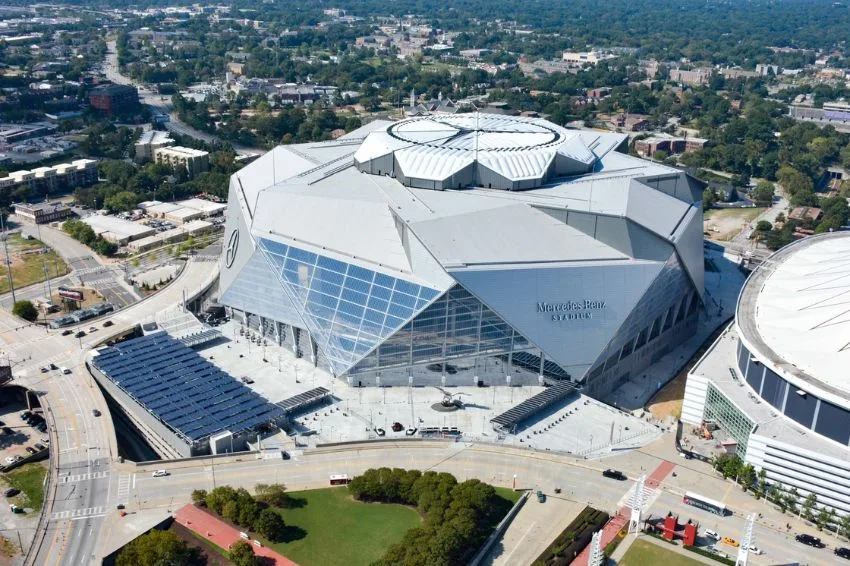Two thousand and twenty-one began and the glass shortage in China, which has persisted since last year, as reported by Canal Solar, continues to affect the photovoltaic industry and, consequently, causing an increase in solar panel prices.
Furthermore, the mismatch between demand and availability of inputs, aggravated by international logistical issues, continues to cause delays in future sales and delivery schedules, in addition to contributing to the increased shipping cost.
These are some of the challenges that the solar energy segment has been facing at the beginning of the year, in the face of an increasingly heated market, which generated, in 2020, 86 thousand new jobs throughout Brazil and grew by 64% compared to 2019.
Regarding the lack of glass, BYD, for example, argues that “it may be risky to depend 100% on inputs from abroad if we can develop them here in the country, such as glass and solar cells”, said Adalberto Maluf, director of marketing and BYD sustainability.
According to the executive, the scarcity of glass and solar module production in China shows how the current Brazilian strategy of abandoning industrial policy to depend on imported products – including subsidizing panels with zero taxes and allowing the use of public resources of investment banks – is very dangerous.
“Brazil, due to its size and strategic importance, should reduce costs and end tax distortions that overtax inputs and exempt imported goods from taxes. Without equality, our industries will not be able to compete in the future”, he concluded.
Fernando Castro, Country Manager at JA Solar in Brazil, also commented on this current moment in the sector and added that the “gap in prices for monofacial versus bifacial modules has increased a lot due to the increase in the cost of glass”.
Restrictions relaxed
In November 2020, after meeting with representatives of companies in China's solar market, the Chinese government announced that it will relax restrictions on new investments in additional photovoltaic glass production capacity.
This measure aims to eliminate bottlenecks in the supply of the input, however, for Maluf, even if new glass productions are approved for this year, they will take time to grow and stabilize.
Brazilian and Asian market
Currently, only 5% of the panels used in Brazil are manufactured nationally. Most are imported from China.
The Asian country, for example, is responsible for around 80% of the world's production of the product, which has glass as one of its main components.
According to BloombergNEF projections, the photovoltaic industry could end up with up to 30% less glass than it needs for 2021.
Increase in international shipping prices
Regarding the increase in international shipping prices, distributors, such as Bluesun, are still facing some problems in being able to deliver the products.
Roberto Caurim, CEO of the company, said that this situation will only improve from mid-February onwards. “To give you an idea, we paid around US$ 1,200 for container transport before the Covid-19 pandemic. During the same period, due to the interruption of the international market, US$ reached 5 thousand. Today, we are already paying more than US$ 5 thousand. So, it’s crazy”, he pointed out.
For Livia Verjovsky, commercial director at WM Trading, and Eudes Silveira, director at Port Trade, among the reasons that explain this increase are overbooking due to ship omissions and Chinese holidays.
Maersk suffers from increased freight
To give you an idea, Maersk, the world's largest container shipper, is suffering from increases in freight rates, triggered by a combination of low ship capacity and strong growth in demand for goods amid lockdowns.
At the same time, according to Bloomberg, a shortage of containers and congestion at some ports have supported prices that carriers can charge for moving cargo.
Data from the World Container Index and BI (Bloomberg Intelligence) indicate that spot rates for the transport of 40-foot containers rose 50% on average in 2020, or 30% more than the eight-year average.
According to Lee Klaskow, senior analyst at BI, freight rates could remain at high levels until the first quarter of 2021.

















